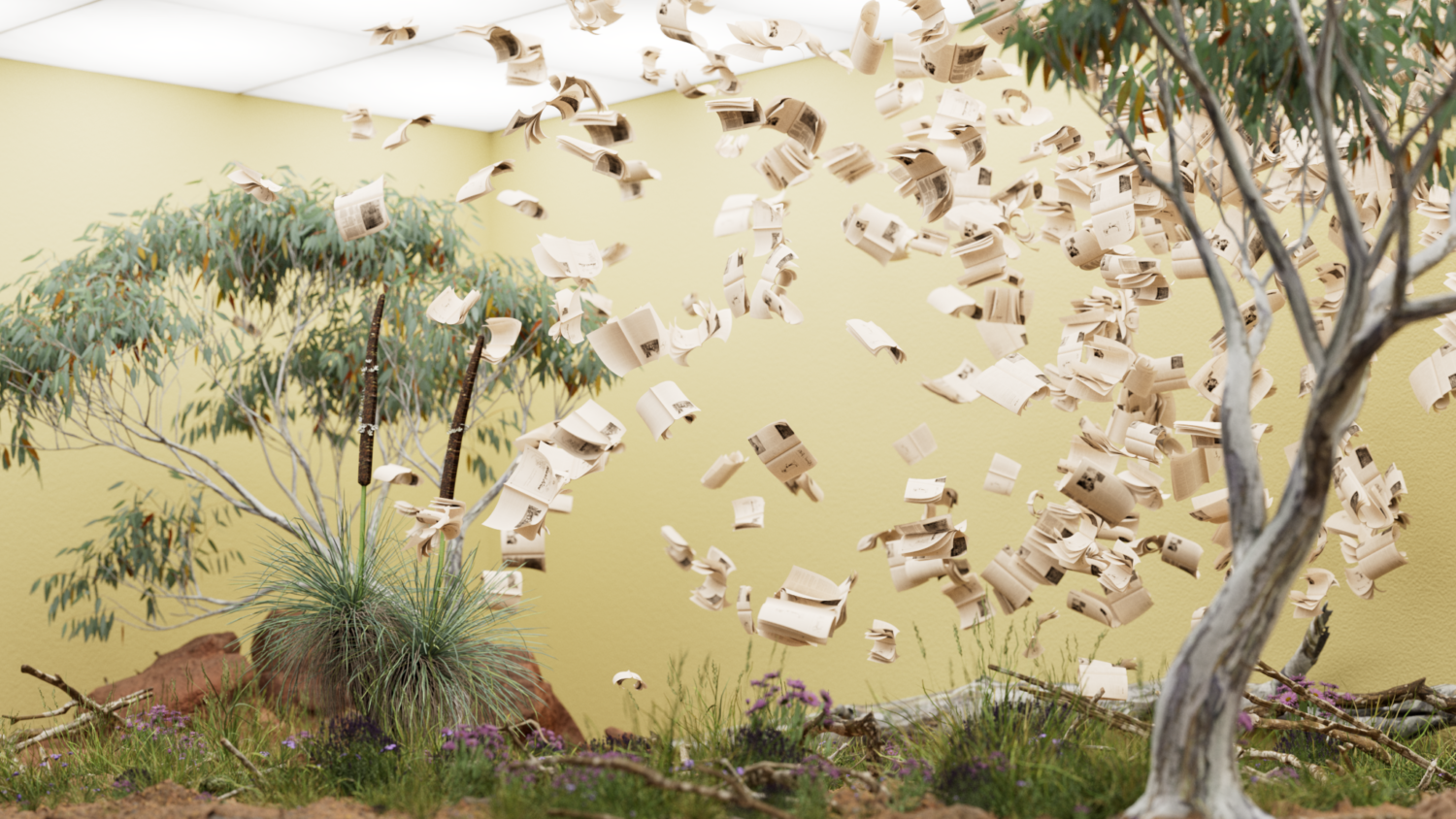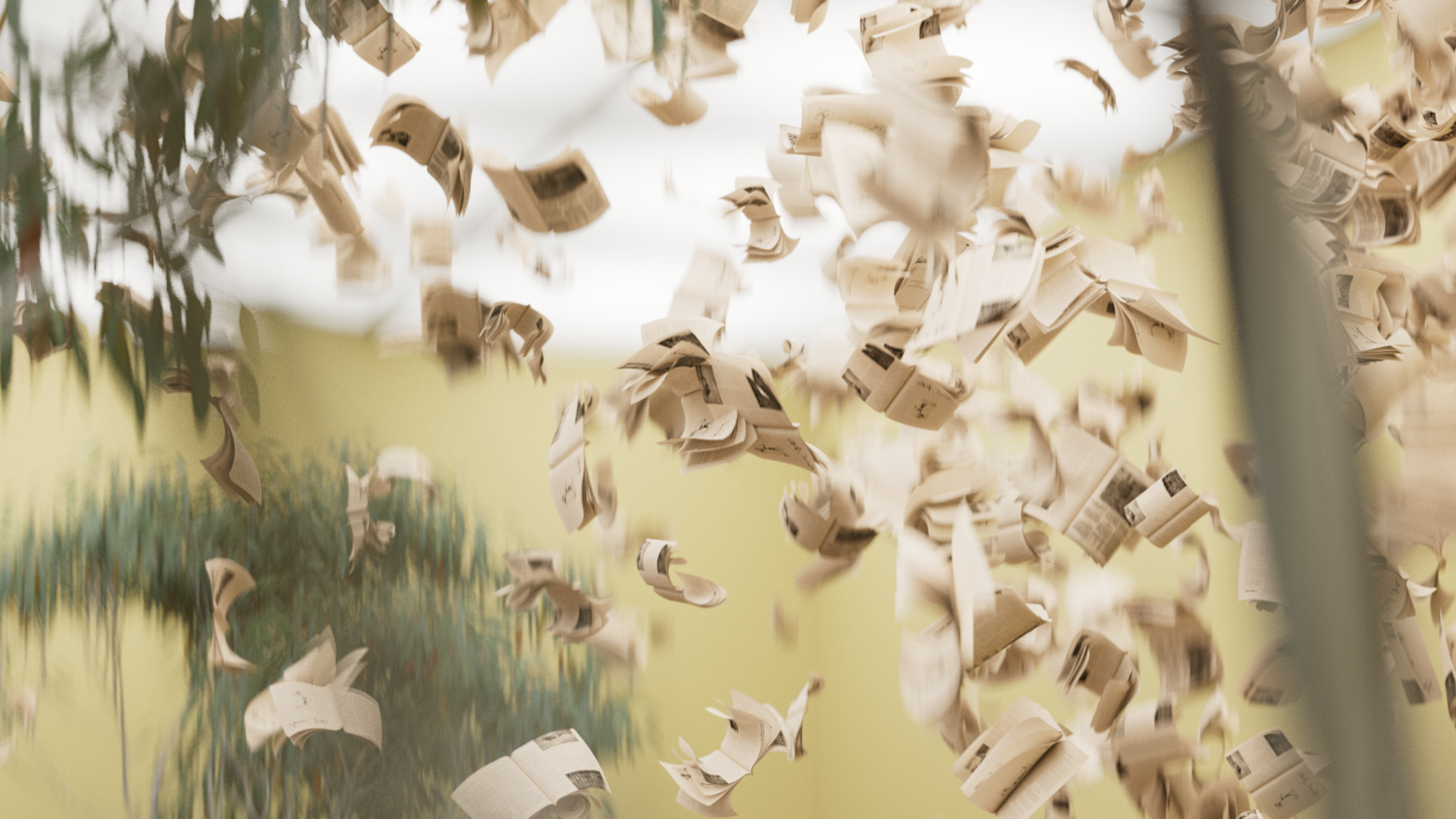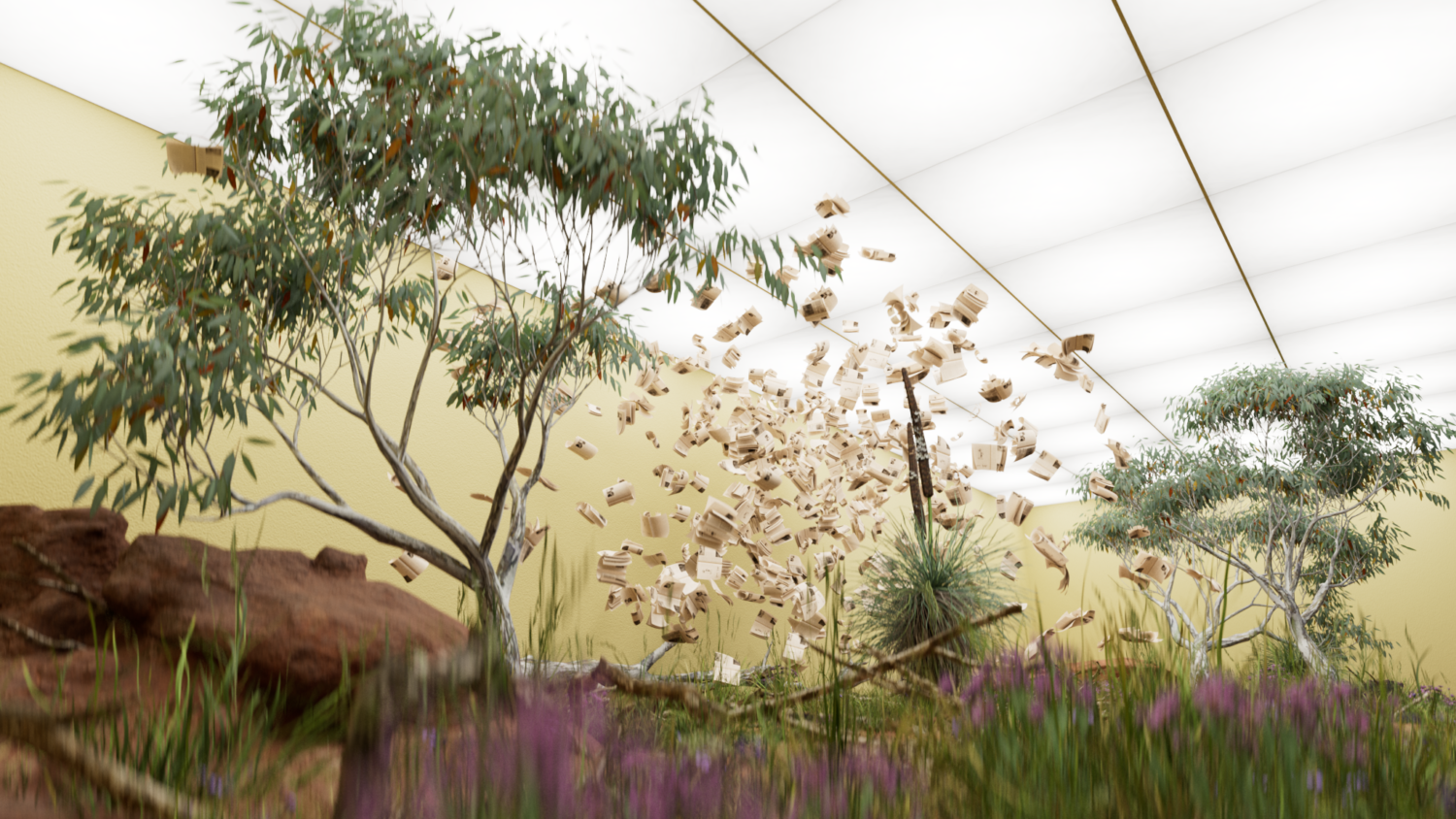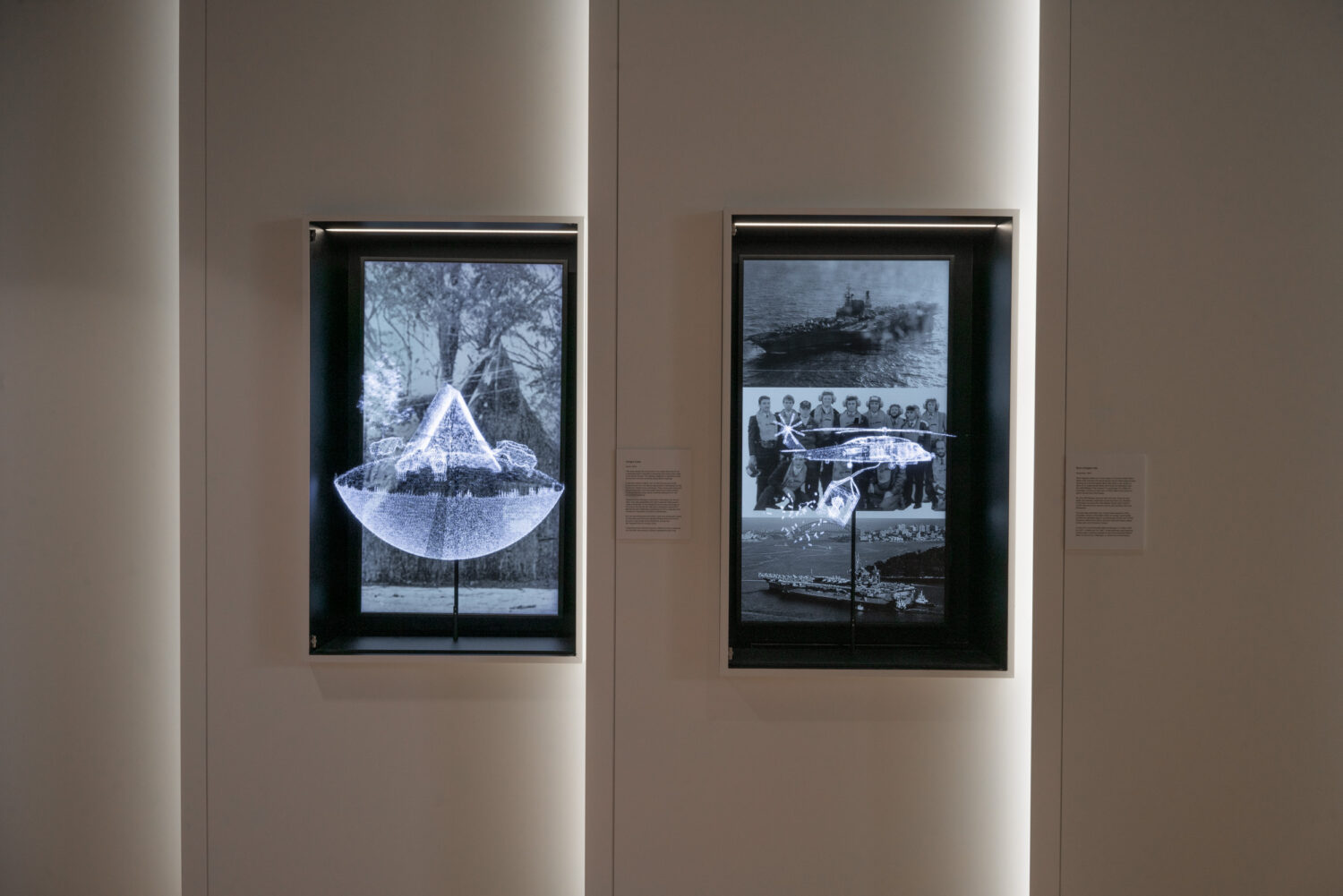CBA
Bank Notes
Commonwealth Bank Australia has a dedicated curatorial exhibition space within its commercial office building, Commonwealth Bank Place South, in Sydney’s Darling Quarter. The space consists of several purpose built, glass display boxes, to showcase and celebrate CBA’s heritage and innovation.
In this exhibition, working with CBA's Archives team, we uncovered curious moments from the bank's past and reimagined them in a completely new way - as looping holograms. From the heartwarming to the humorous, the exhibition offers a glimpse into the heart of the Australian community and the bank that has served it for generations.
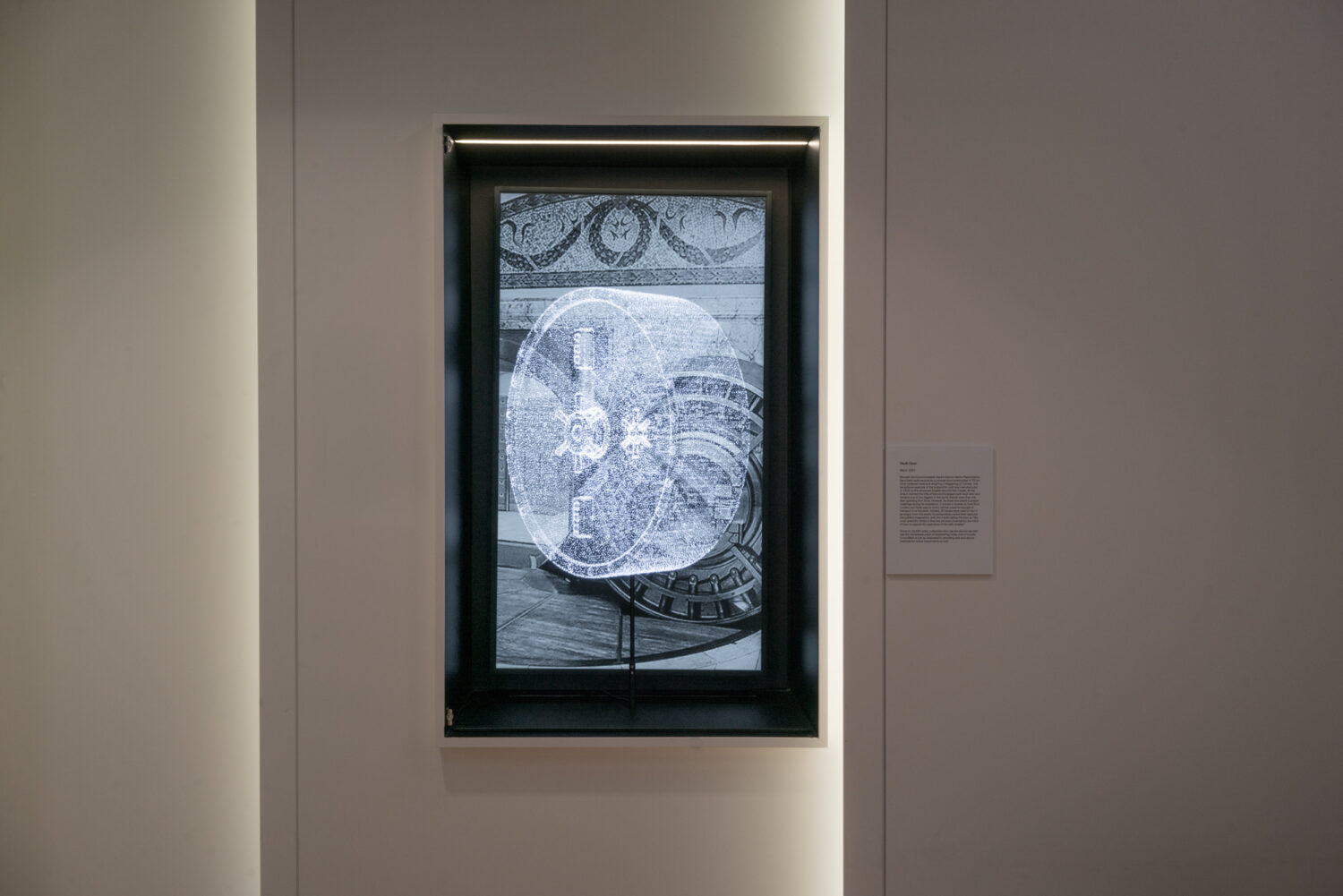
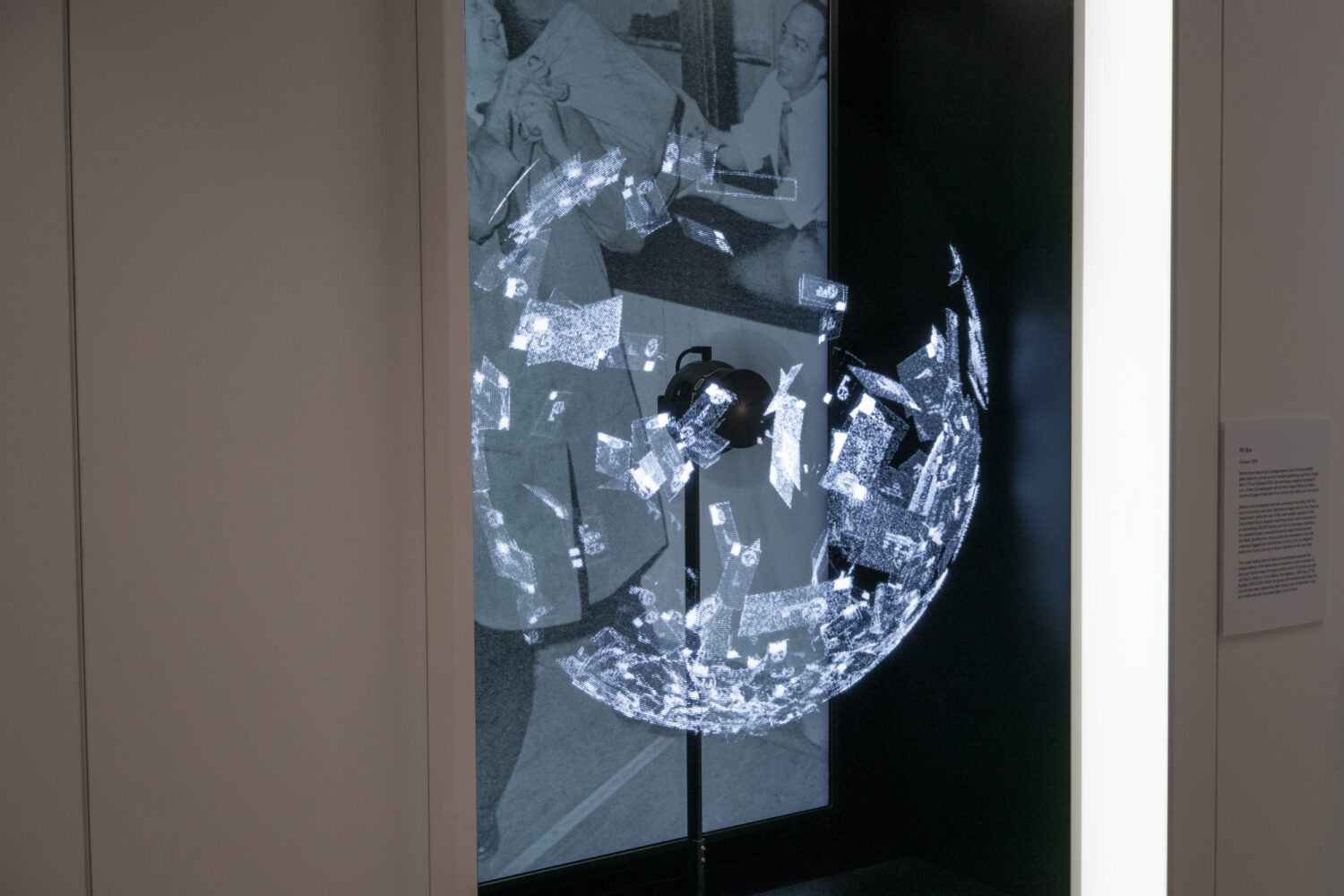
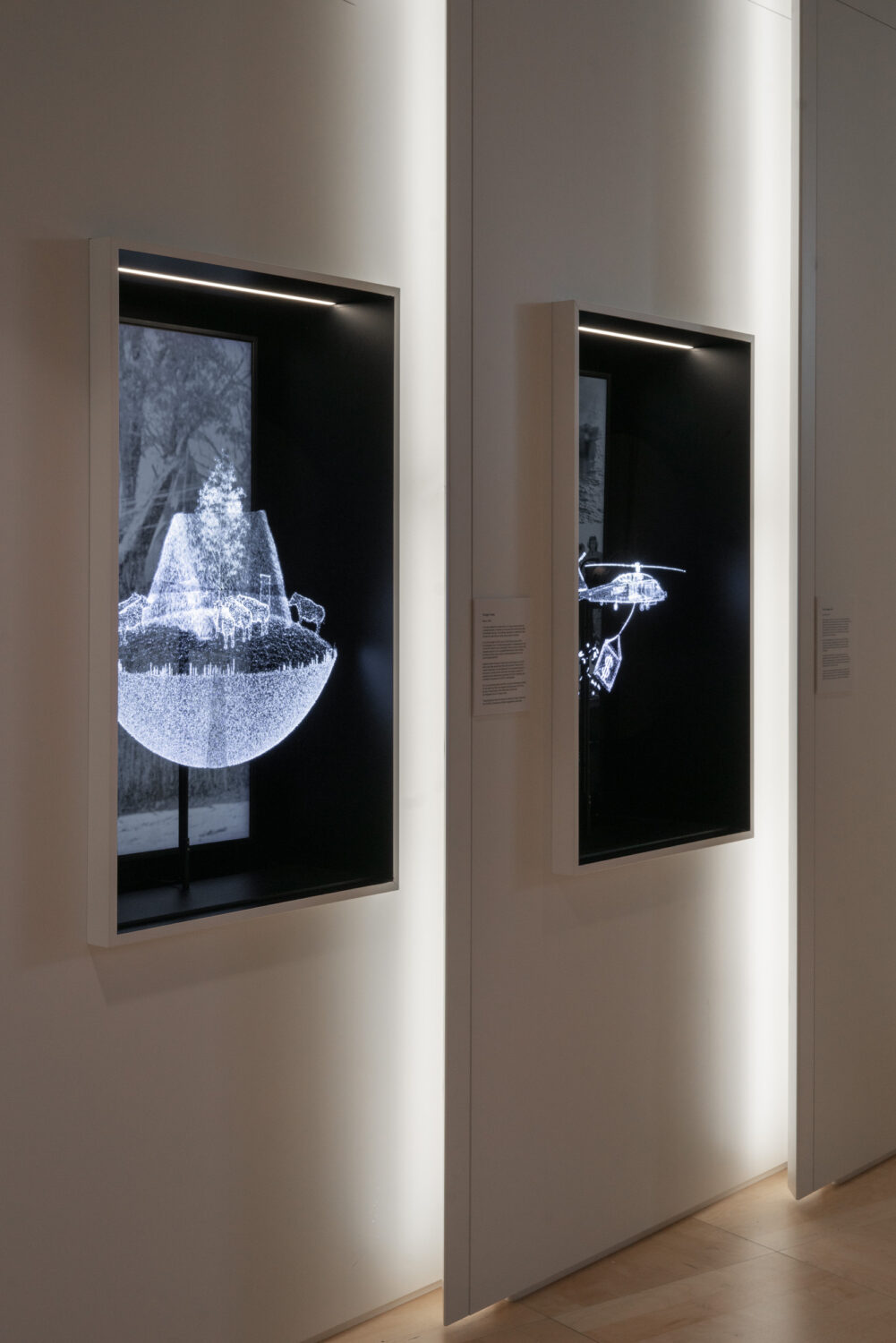
"In the 1960s, a typical Commonwealth Bank branch promotion might involve a few handmade posters created by the staff. But in Papua New Guinea things were done a little differently. In 1967 the Port Moresby branch launched “Operation Silver Dig” a promotion aimed at the region’s most remote communities. Bank officers travelled by chartered planes, dugout canoes, and even on foot, trekking through rugged mountains on their journey to some of the world’s most isolated villages. All this was in an effort to promote the security and advantages of a bank account rather than the traditional practice of hoarding cash. And the campaign worked. Bank passbooks became sought after symbols of modernity, building trust between the bank and local communities. Seven years later, in 1974, as Papua New Guinea prepared for independence, the Commonwealth Bank transferred its operations to the newly established, government-owned Papua New Guinea Banking Corporation. An institution that continues to serve the nation to this day. The Group will continue their presence in the Pacific in the near future."
Introduced in 1918 to keep employees connected during the war, the Bank Notes magazine soon evolved into an indispensable record of bank life, documenting quirky customer moments, honouring staff achievements, and reflecting the technological, financial, and cultural shifts shaping Australian society.
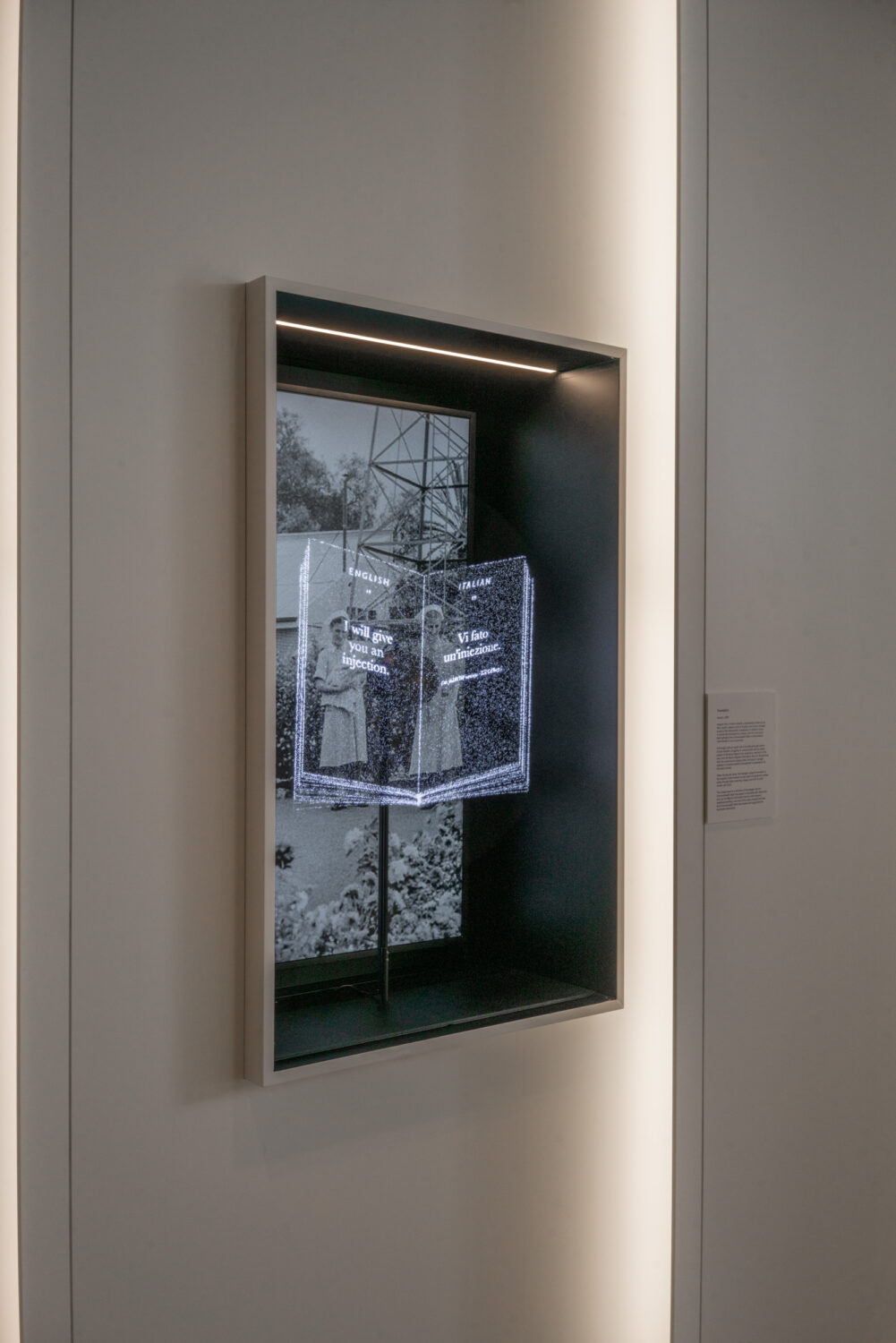
Each hologram animation was carefully made to feel like a timeless captured moment from the past. We tried to express dimensionality wherever possible through the use of a point-cloud technique that gives an x-ray-like quality to each of the animated sequences.
To draw attention to the installation, we routinely create a separate screen element that explores the theme of the current exhibition. In this instance, using 3D animation, we used a natural history museum display case recreation as a metaphor for these old stories taking flight in the form of old flapping magazines. Lighting fades, wall textures and false perspective were all simulated to feel like a physical display.
